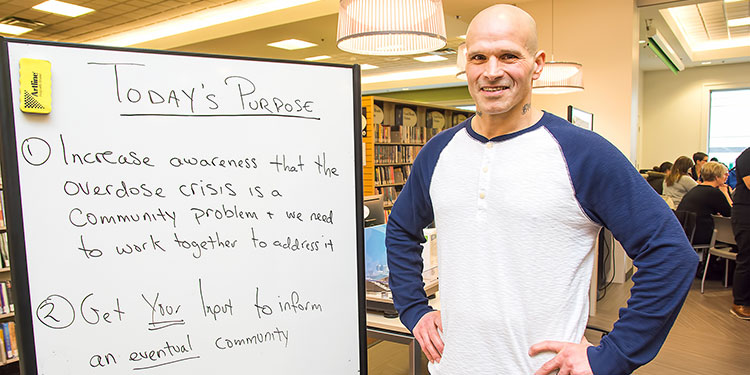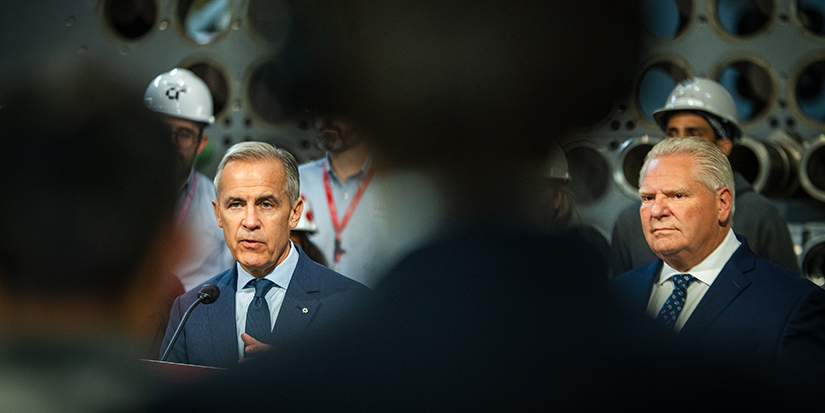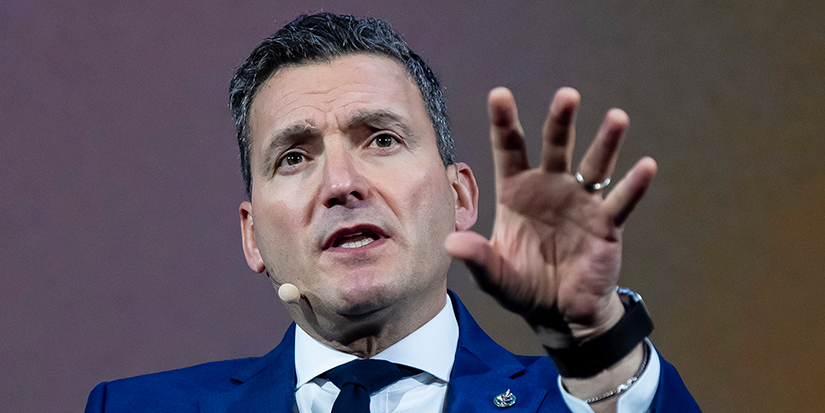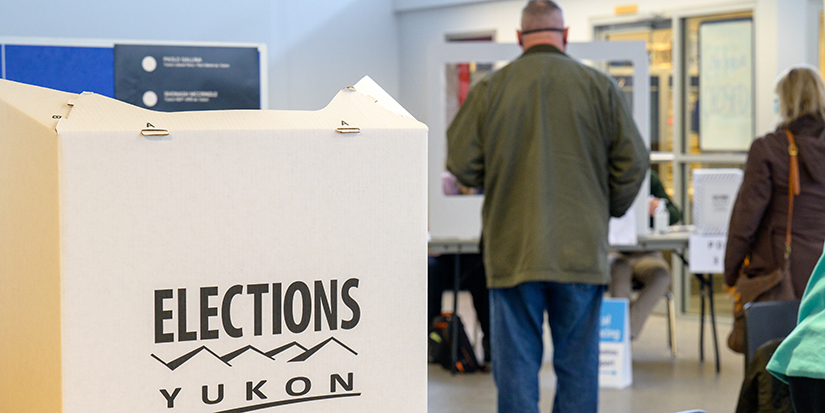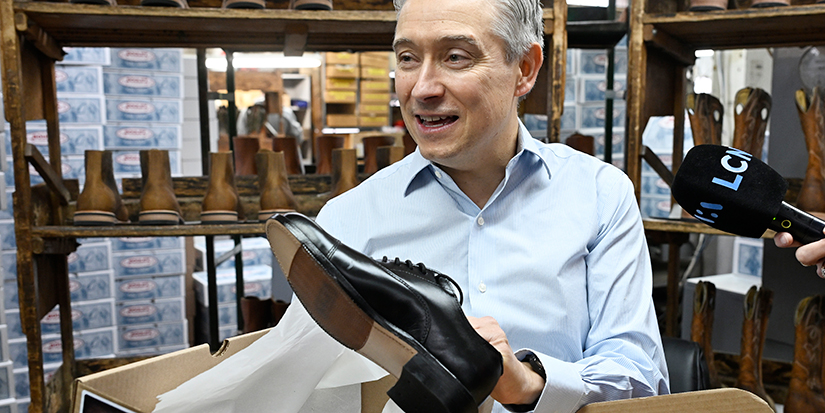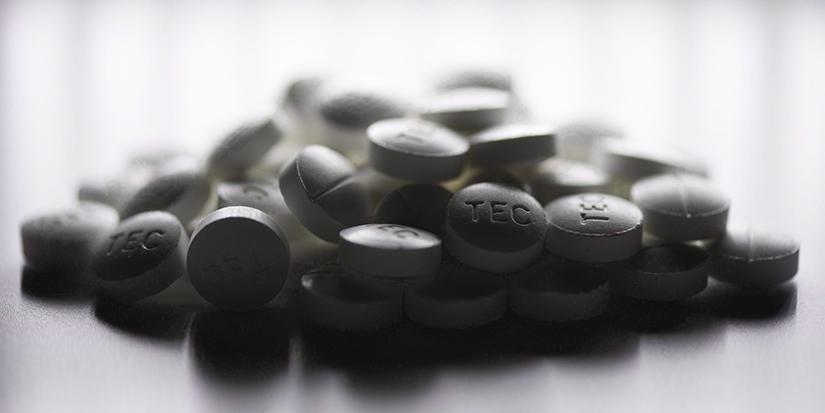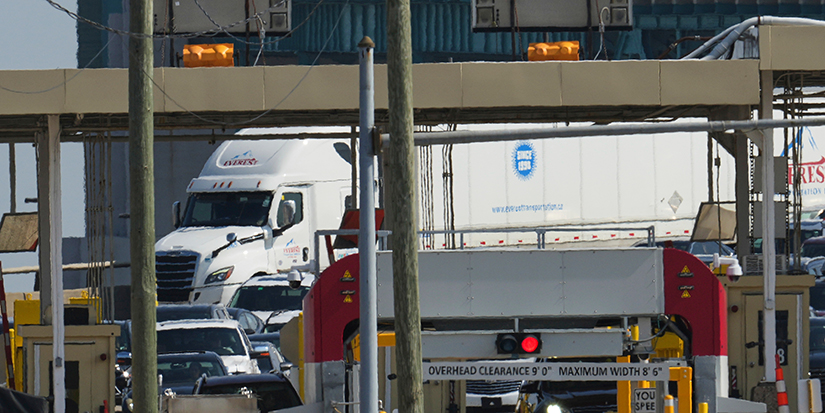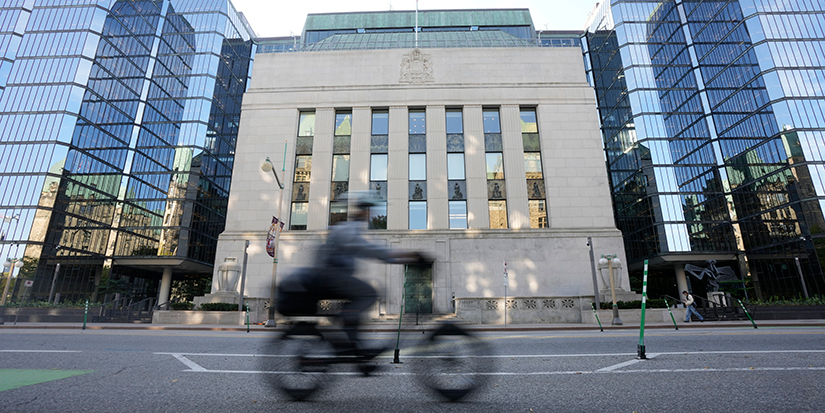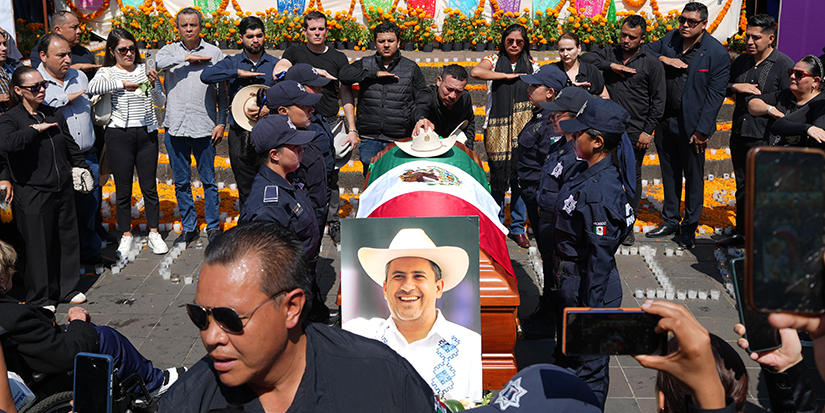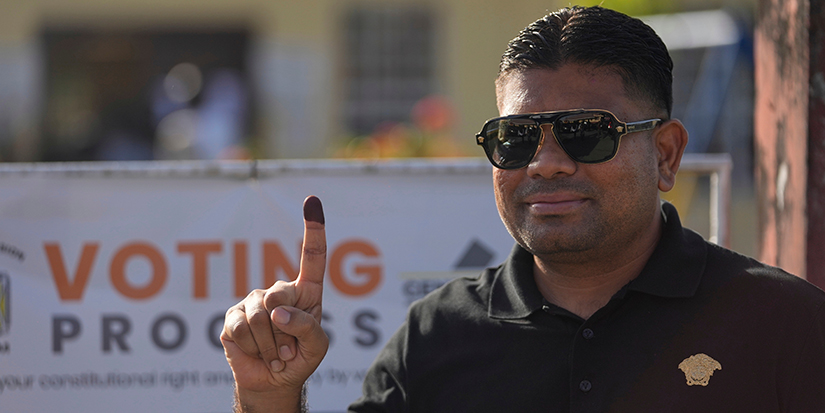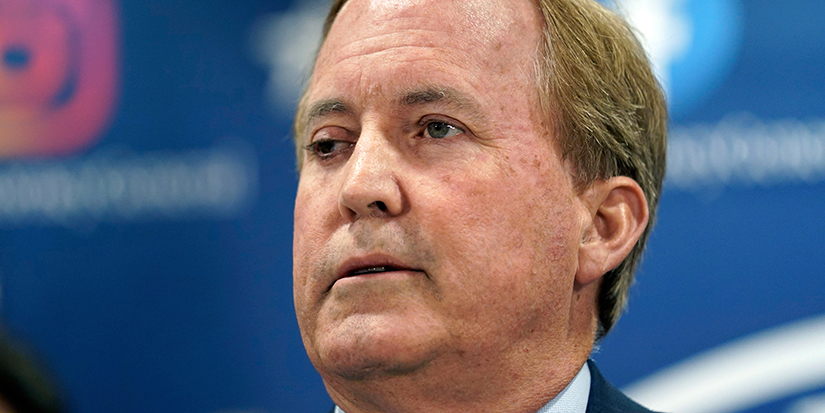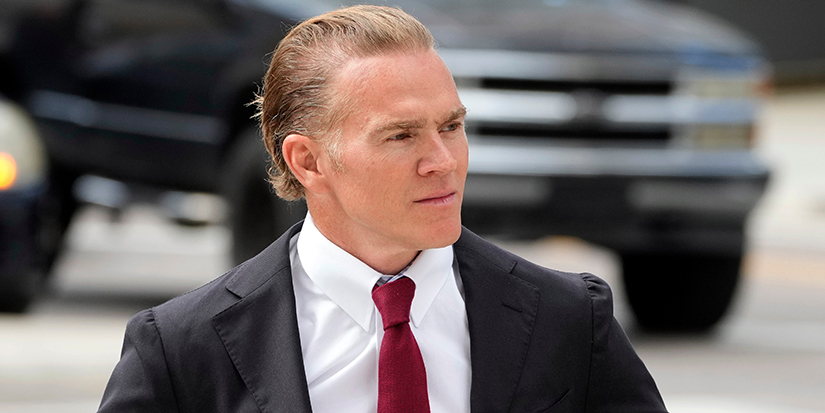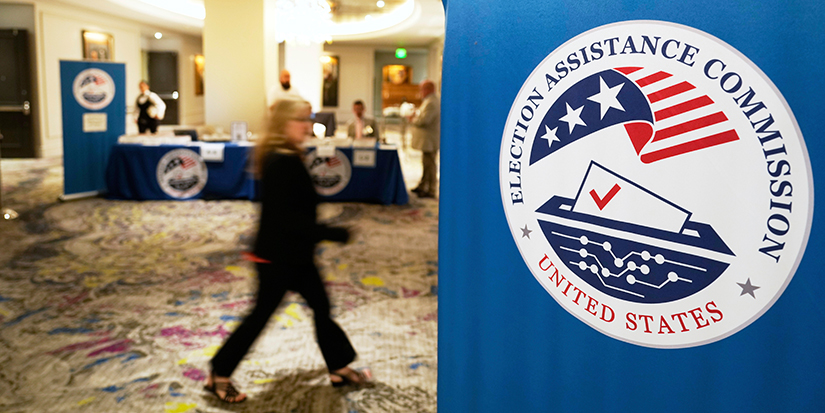Latest News
Learning about the power of compassion, empathy
Published 10:51 PST, Tue March 6, 2018
Guy Felicella remembers the day his life
changed.
After telling him about living with
depression, her black days, community worker Liz Moss said, “Do you feel black?”
“I will never forget it. It was like the sky
parted and I looked up and I just said, ‘yeah,’”
Now educating school children, health
professionals and the general public while working as a community liaison
officer for Downtown Eastside Connections, Felicella talks of his teaching
method.
“I think with addiction, you have to attach a
story to it. You have to have more understanding instead of just a judgement
call.”
Felicella’s story started ordinarily enough.
He grew up in Steveston, went to St. Paul’s and James McKinney for elementary
school, then to Boyd and London for junior secondary school.
“I played West Richmond soccer for 15 years.
I played baseball. I was just an everyday average day kid—middle class—growing
up in Richmond. I wasn’t like a person you’d think would do drugs. The last
place anybody every thought they’d see me was the Downtown Eastside.”
But, by adolescence, he couldn’t stop the
pain from years of verbal and physical abuse.
“When you‘re dealing with pain you just want
to get rid of it as fast as possible,” Felicella says.
“The first drug I ever smoked was pot. It was
the answer for me at 12. And then at 16 it was cocaine. And then, right after
it was heroin. Obviously for me, the weed wasn’t stopping the pain; coke wasn’t
stopping any pain. When I found heroin the answer hit me.”
For decades, living on the streets, stealing
to support a $300-to-$400-a-day habit, heroin was the answer, and the only
answer, to Felicella’s pain, until the day he had that fateful conversation
with worker Liz Moss at Vancouver Coastal Health’s Insite, safe injection,
Centre in the Downtown Eastside.
Her compassion reached his heart and started
Felicella on the path to a new life, away from self-hatred, street drug use,
and most of all, away from pain.
Felicella was given clean, safe drugs to
substitute the expensive, dirty ones he’d been using. The street drugs were
dirty not only in their lack of medicinal purity but in their sterility. Once
again, practical compassion saved not only Felicella’s life but his leg.
“I had life-threatening osteomyelitis from
dirty drugs. Four or five times they wanted to amputate my left leg so now I
walk with a limp but at CTCT in Downtown East Side (The Community Transitional
Care Team, a residential acute care clinic in the Downtown East Side), you
could use while living at the facility while you got antibiotics. One of the
reasons I have a left leg is their accepting me, reducing harm, not looking and
judging.”
According to one substance user’s mom,
infections from illegal drugs continue to be a big problem.
She says hallways at St. Paul’s Hospital are
filled each morning with injection drug users sitting in chairs receiving their
scheduled daily intravenous antibiotic treatments to deal with the aftermath—horrendous
skin lesions, systemic infections—of dirty drugs.
Pharmaceutical grade drugs have to pass
rigorous health and cleanliness standards. Street drugs don’t. Dirty drugs cost
taxpayers many health dollars. Clean, legal drugs save money.
After the fateful day Liz Moss reached out to
Felicella, the day her compassion hit home and the day when there were useful
options in place for him, Felicella opted for opiate assistive therapy where
clean, safe drugs are provided by the health care system to help people
stabilize their physical and mental health.
“What opiate assistive therapies do is they
address the physical need to stabilize the person using substances,” he says. “Once
the physical dependence gets addressed, so the person isn’t so hell bent on
getting drugs, they can start piecing their life back together.”
And piece it back together, he did.
“I was on opiate assistance therapy which
addressed my physical dependency. It actually frees up the mind on learning new
ways to cope. I started to talk about it with people.”
And how did that learning to cope come about?
“We all come to a point in our life where we
have to trim off a little bit of the pain. Don’t try to look at it all. Just
try to look at what you can do. Just trim it off bit by bit and when you can’t
handle it, stay on your opioid assistance therapy.”
Today, with a job, home and two children to
bring even more joy into his life, Felicella works at a clinic that offers free
drop-in treatment services for those with substance use and other issues.
It offers opioid substitution therapy as well
as providing take-home naloxone kits, peer support, and the services of on-site
nurses, social workers, financial liaison, and community workers.
Physicians and pharmacists are also available
to give clients medication for conditions such as HIV, hepatitis C, and
psychiatric illnesses.
Felicella also freelances as a speaker in
elementary and high schools, teaching children and teachers alike that a middle
class life is no armour against drug addiction. He speaks of his journey,
teaching compassion, teaching hope.
Felicella speaks of the need for ongoing care
and support, so that people leaving substance abuse can lead healthier lives.
“If you can just get away from street drugs,
the first 3 months are just such a battle in itself. What happens to your
clients when they finish your treatment? We need a transitional facility where
people can go and live afterwards, learning life skills, jobs, get jobs through
this, find housing, all these things.”
A house in Richmond’s Woodwards district is
home to a transition house for women, women who are putting their lives back
together now that they are clean and sober. Many more such ordinary-looking
houses, where people can build on the healthy lives they’ve started, are
needed.
Felicella says that until society changes its
attitude, the costs associated with street drug use will continue and middle
class kids will continue to overdose on drugs that contain unexpected lethal
additives like
Fentanyl. People do what it takes to find the
hundreds of dollars every day to get the drugs they need to numb their pain.
Felicella teaches that anyone who has had a
break-in or a theft from their car has been touched by the high price of
illegal street drugs.
“Substance abuse not only impacts the person
using it,” says Felicella. He speaks of the kids from good homes ending up in
the Downtown Eastside, of the families devastated by overdoses, and of the need
for practical compassion: “You can’t save a dead addict.”
Today, Felicella sees an additional benefit
in his new life: “I have two beautiful children. Without all the help, without
the opiate assistive therapy, my son wouldn’t have been born my daughter wouldn’t
have been born.”
He cautions against teaching with a
one-size-fits-all approach: “We’re all unique individuals, what may work for
some may not work for others.”
But he says that, for him, opiate assistive
therapy was vital, that and Liz Moss’s kindness.
What does he want the students and adults he
speaks with to learn?
“Show a bit more compassion and empathy
towards people who are really struggling. That’s what really wins it over in
the end,” Felicella says, “I would not be here today without it.”
